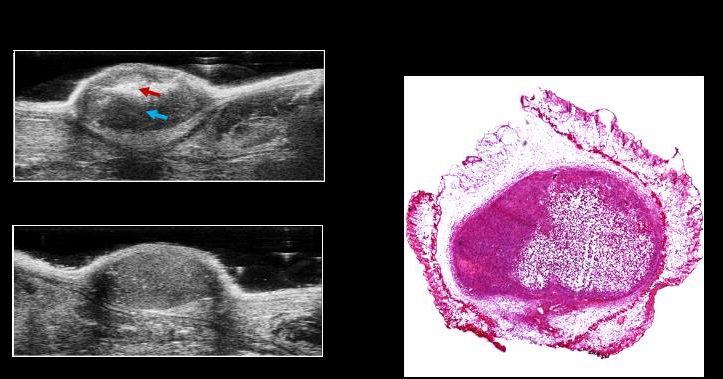Mechanical ablation
We develop new therapeutic platforms for tumor mechanical ablation utilizing ultrasound contrast agents (microbubbles, nanobubbles and nanodroplets) coupled with low frequency insonation. Upon low frequency insonation, these agents expand and release high energy to the surrounding that can generate tumor mechanical ablation with a significant decrease in the energy used in comparison to standard procedure.
Focusing ultrasound energy (HIFU – High intensity focused ultrasound) to a single region of interest is a promising noninvasive ablation procedure that can ablate thermally or mechanically various solid tumors. The standard procedure for mechanical ablation of tumors using HIFU (called histotripsy) is a local noninvasive and nonthermal ultrasound surgery method that uses extremely high-intensity ultrasound energy to mechanically ablate tissues, fractioning them into subcellular debris while leaving the surrounding organs and tissues unaffected. However, conventional histotripsy raises safety concerns because of the need to focus such a high energy into the body, as well as the potential for off-target effects. To develop a theranostic platform for safe, noninvasive tumor mechanical ablation therapy and reduce the required energy for mechanical ablation, we investigate the interaction between sound waves and ultrasound contrast agents (microbubbles, nanobubbles and nanodroplets) to elucidate their ability to serve as efficient theranostic probes at a targeted site. Upon excitation with ultrasound, these contrast agents can oscillate and detonate, releasing high energy to the surrounding that reduces tumors cells viability and generates important mechanical damages to the treated area. This strategy provides a unique mechanism for noninvasive ultrasound therapy.
We recently prove that microbubbles and nanodroplets can serve as low-energy cavitation nuclei for tumor histotripsy, thus reducing the energy required for standard ultrasound surgery by more than an order of magnitude. Moreover, our findings suggest that reducing the center frequency enhances these contrast agents-mediated mechanical ablation.

M. Bismuth, S. Katz, H. Rosenblatt, M. Twito, R. Aronovich, T. Ilovitsh, Bioconjug. Chem. 2021.
B. Glickstein, M. Levron, S. Shitrit, R. Aronovich, Y. Feng, T. Ilovitsh, Ultrasound Med. Biol. 2022, 48, 1229.
